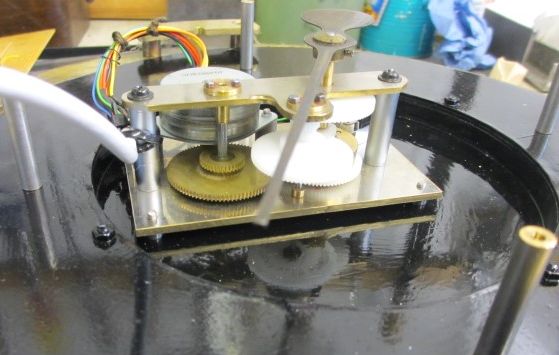gents slave (unipolar)
gents slave (unipolar)
- This topic has 10 replies, 5 voices, and was last updated 4 October 2018 at 18:10 by
Georgineer.
Viewing 11 posts - 1 through 11 (of 11 total)
Viewing 11 posts - 1 through 11 (of 11 total)
- Please log in to reply to this topic. Registering is free and easy using the links on the menu at the top of this page.
Latest Replies
Viewing 25 topics - 1 through 25 (of 25 total)
-
- Topic
- Voices
- Last Post
Viewing 25 topics - 1 through 25 (of 25 total)
Latest Issue
Newsletter Sign-up
Latest Replies
- Building Bernard Tekippe’s Precision Regulator
- One for the electronics enthusiasts?
- What Did You Do Today 2025
- Motor to lead screw coupling method
- Lercanidipine
- Solar panel lighting problem
- Generator size for vfd controlled 3 phase 5.5 kw motor
- Stuart Twin Victoria (Princess Royal) Mill Engine
- Gas Engine Needle Valve
- Stopping milling chips going everyehere






